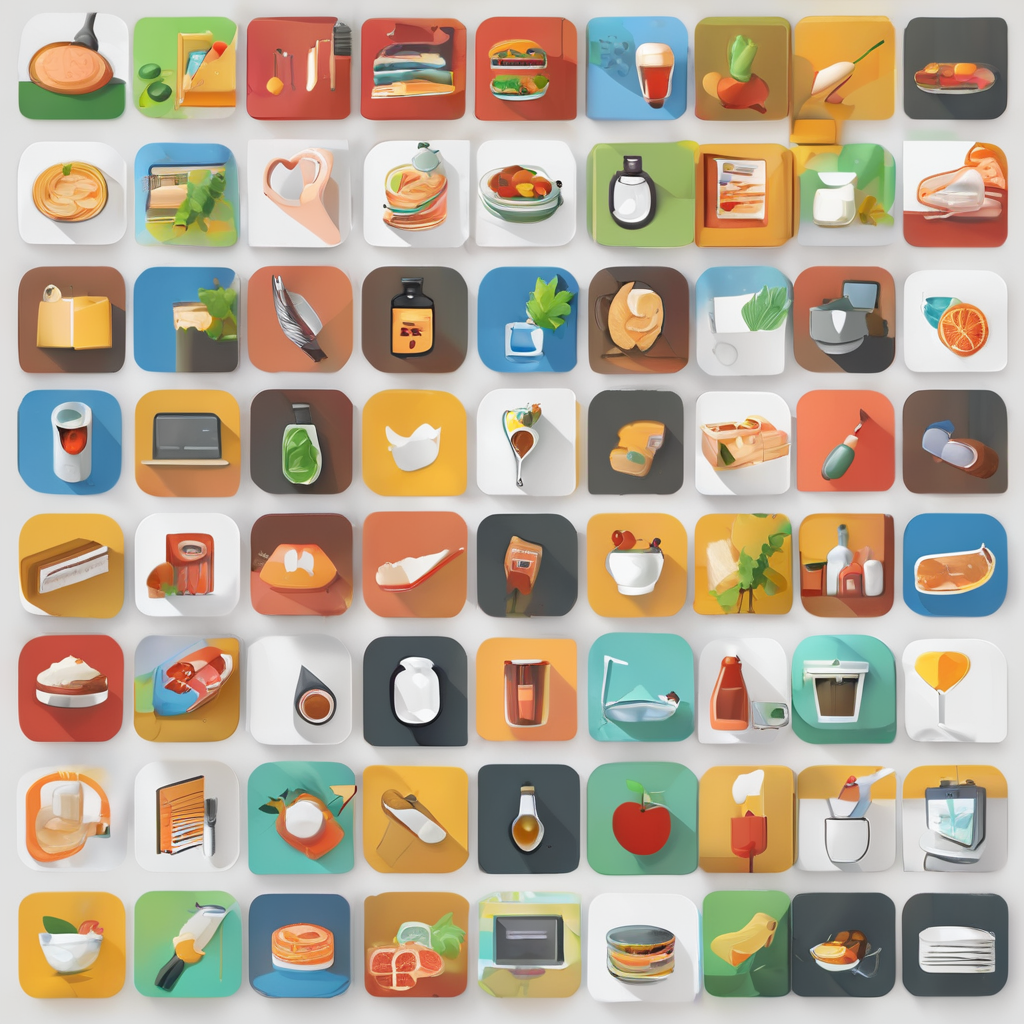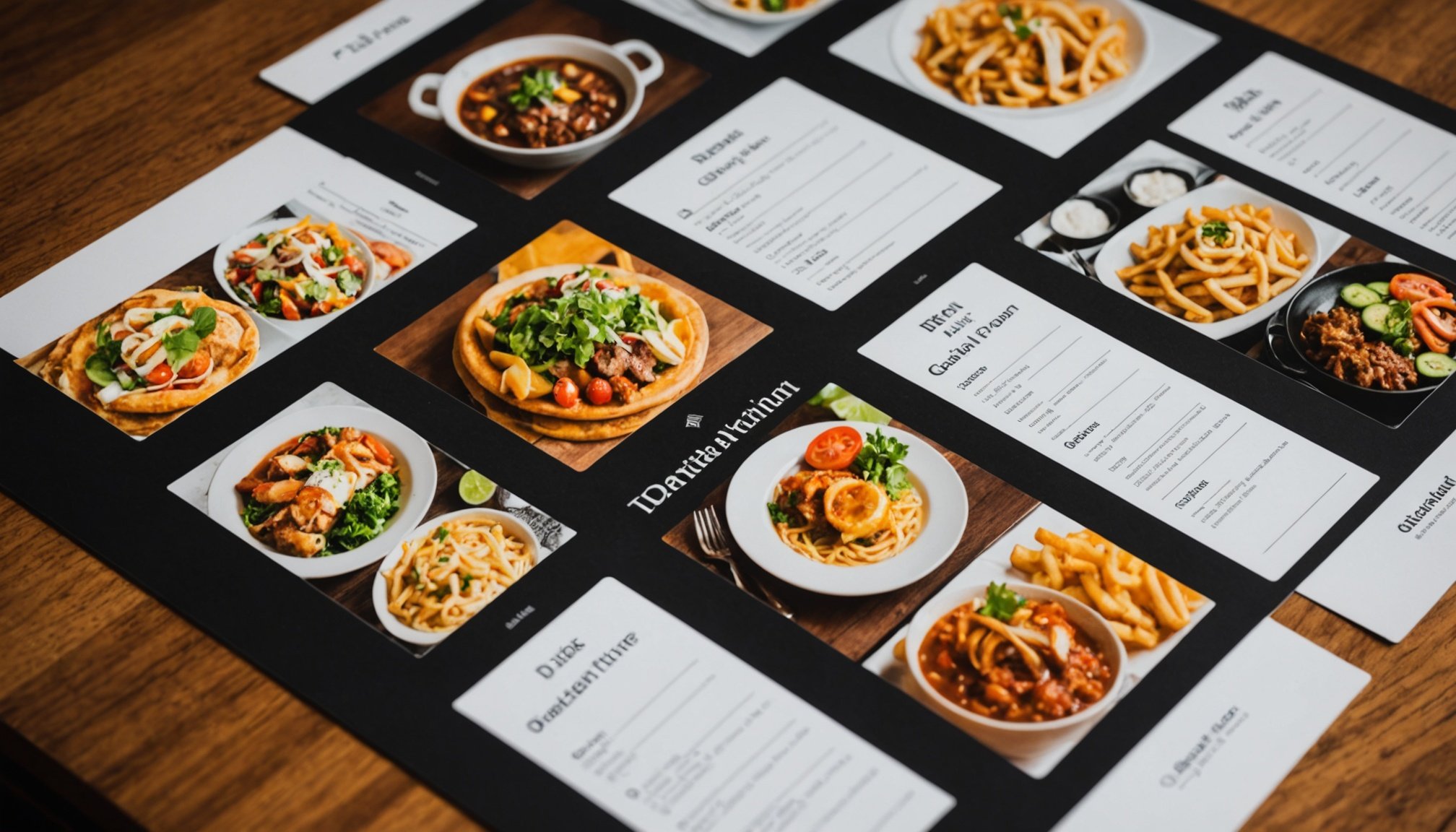Crafting a visually appealing menu is more than just arranging dishes on paper. It’s akin to designing a magnetic invitation that draws diners into your culinary world. In the competitive landscape of UK restaurants, where customers have a plethora of dining options at their fingertips, an enticing menu can tip the scales in your favour. The menu is often the first point of contact, serving as a digital handshake that leaves a lasting impression. This article delves into the art of menu design, offering insights into creating an engaging dining experience that resonates with your audience and elevates your brand.
Understanding Your Audience: The Key to Menu Success
Before diving into the artistic aspects of menu design, it’s crucial to understand the preferences and expectations of your audience. The British dining scene is as diverse as its culture, which means knowing your customer base is vital. This involves delving into their demographics, tastes, and even cultural nuances. Are your customers predominantly young professionals seeking a quick bite during lunch hours, or are they families looking for a leisurely weekend meal? Knowing this helps in tailoring the menu content and design to suit their needs.
Also to see : How can you build a loyal customer base through community engagement in your restaurant?
Furthermore, consider the local culinary trends. Restaurants that align their menus with current trends often see a surge in interest. Whether it’s offering plant-based dishes or incorporating locally-sourced ingredients, staying relevant can give you a competitive edge. A menu that speaks to the local palate not only attracts diners but also establishes your restaurant as a community staple.
Remember, your menu is a reflection of your brand. It conveys your restaurant’s ethos and personality. Whether you’re a quaint countryside café or a bustling urban eatery, your menu should echo the essence of your restaurant’s identity. Understanding your audience allows you to craft a menu that feels familiar yet exciting, leading to a more personalized dining experience.
In parallel : What are the latest trends in craft cocktails to watch in the UK bar scene?
The Art of Visual Appeal in Menu Design
Once you’ve understood your audience, the next step is to focus on the visual appeal of your menu. It’s not just about listing dishes but creating a visual journey that entices diners. The design should be easy to navigate, visually balanced, and above all, reflective of your restaurant’s personality.
Start with a color palette that aligns with your brand. Colors evoke emotions and can subtly influence a customer’s mood. A seafood restaurant, for instance, might use blues and greens to evoke the freshness of the ocean, while an Italian bistro might lean towards rustic reds and golds to convey warmth and tradition.
Typography plays an equally crucial role. Choose fonts that are legible yet stylish. The font should complement the overall theme without overpowering the content. Consistency is key; using too many styles can make your menu appear cluttered and confusing.
Visual hierarchy is another critical aspect. Highlighting signature dishes or chef’s specials can guide customers towards trying something new. Utilize imagery judiciously—high-quality photographs of select dishes can be tempting, but overloading the menu with images can cheapen its look. Instead, use them sparingly and strategically to enhance the text and entice the reader.
Ultimately, a well-designed menu should balance aesthetic charm with functionality, ensuring that diners can easily find what they are looking for while being subtly guided towards the dishes you wish to promote.
Crafting Irresistible Menu Descriptions
In the realm of menu design, words wield power. Crafting irresistible menu descriptions can significantly enhance a diner’s experience and influence their choices. Descriptions should be concise yet evocative, painting a picture of each dish without overwhelming the reader.
Consider the language and tone you use. A casual eatery might employ a relaxed, friendly tone, while a fine dining establishment might opt for a more sophisticated narrative. Either way, the words should reflect the essence of your dishes.
Use descriptive adjectives that appeal to the senses. Words like “succulent,” “zesty,” or “aromatic” can evoke a sensory experience that prompts curiosity and anticipation. However, avoid flowery language that might come across as insincere.
Highlighting the ingredients can also be beneficial, especially if they include local or specialty items. This not only appeals to food enthusiasts but also showcases your commitment to quality.
Moreover, storytelling can add a unique touch. Sharing a brief story behind a dish—perhaps its origin or its inspiration—can create a personal connection with your customers. This narrative approach can make diners feel like they are part of an exclusive culinary journey.
Overall, effective menu descriptions should inform, entice, and differentiate your offerings, turning a simple meal choice into an exciting decision.
Leveraging Digital and Social Media for Menu Success
In today’s digital age, a menu’s influence extends beyond the restaurant’s walls. Leveraging digital platforms and social media can amplify your menu’s reach, drawing more diners and enhancing their overall experience.
Begin by ensuring your menu is readily accessible online. Whether it’s on your restaurant’s website, a dining app, or social media platforms, a digital presence is crucial. This allows potential customers to browse your offerings at their convenience, potentially leading to more informed and eager decisions.
Using social media is not just about posting pictures of your dishes. It’s an opportunity to engage directly with your audience. Encourage customers to share their dining experiences, and feature those stories on your profiles. This creates a sense of community and authenticity around your brand.
Don’t underestimate the power of visual storytelling. Use platforms like Instagram or Facebook to showcase behind-the-scenes glimpses of your kitchen, highlight special events, or introduce your chefs. This not only humanizes your restaurant but also keeps your audience engaged and curious.
Moreover, digital platforms provide valuable insights into customer preferences and feedback. By analyzing this data, you can adjust your menu and marketing strategies accordingly, ensuring you meet your audience’s evolving tastes and expectations.
Ultimately, a robust digital strategy is not just about promoting your menu; it’s about creating a holistic dining experience that resonates with your customers, both in and out of the restaurant.
Designing a visually appealing menu that captivates diners is an intricate blend of art and strategy. It’s about understanding your customers, crafting an inviting visual and textual experience, and leveraging digital tools to broaden your reach. In today’s competitive restaurant industry, where first impressions matter, a well-designed menu can be a powerful tool in attracting and retaining customers.
As you embark on this creative journey, remember that your menu is more than just a list of dishes; it’s a reflection of your restaurant’s soul. By aligning it with the tastes and expectations of your audience while staying true to your brand’s unique story, you can create a dining experience that lingers in the minds and hearts of your customers long after they’ve left the table. This not only encourages repeat visits but also transforms satisfied diners into loyal ambassadors of your brand.
In the end, the true measure of a menu’s success lies in its ability to connect, entice, and inspire. By embracing these principles, your UK restaurant can stand out in a bustling market, inviting diners to embark on a memorable culinary adventure every time they peruse your menu.











